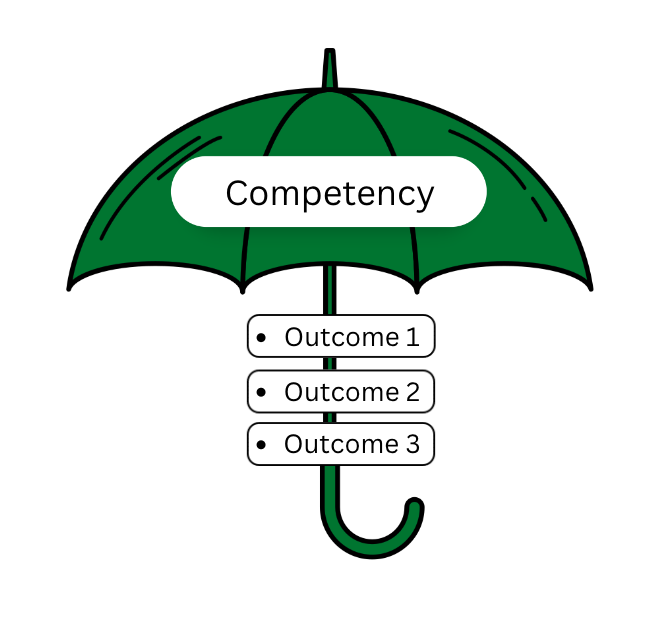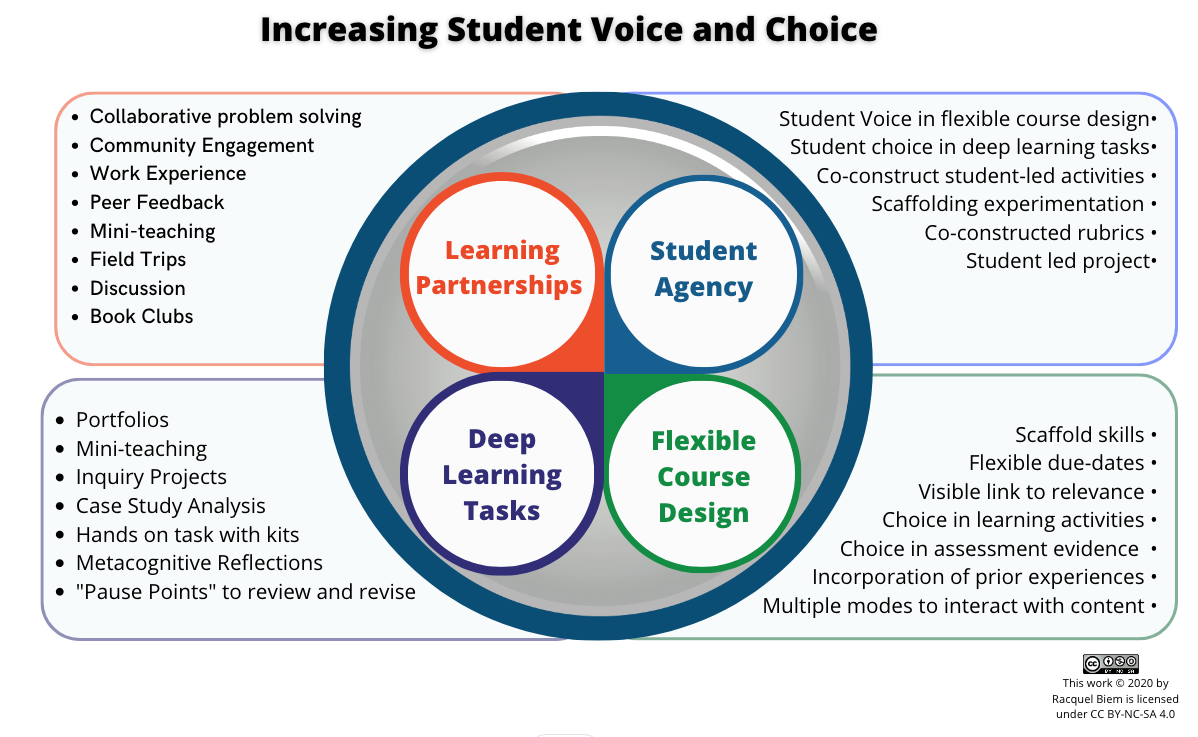Peer-to-Peer Writing Feedback: That’s what friends are for!
 Peer-to-peer writing feedback is a process by which students judge other students’ written work and produce and provide feedback to them and then, in turn, also receive feedback on their own work. By feedback, I mean commentary of a formative kind: that is, students have the chance to consider and incorporate the feedback received from their peers. Peers are not assigning grades (that would be “peer assessment”), but they may be evaluating the work using a set of provided standards or a rubric. The process can be anonymous, but it does not need to be.
Peer-to-peer writing feedback is a process by which students judge other students’ written work and produce and provide feedback to them and then, in turn, also receive feedback on their own work. By feedback, I mean commentary of a formative kind: that is, students have the chance to consider and incorporate the feedback received from their peers. Peers are not assigning grades (that would be “peer assessment”), but they may be evaluating the work using a set of provided standards or a rubric. The process can be anonymous, but it does not need to be.
This fall, I will be trying out peer-to-peer writing feedback in a course I teach on leadership and professionalism. For me, use of this learning activity serves two related learning outcomes that I intend for students: (1) to write more clearly and concisely, and (2) to effectively provide and receive feedback (not restricted to the area of writing or to the context of peers).
I was very encouraged this week when I came upon an article by Nicol, Thomson, and Breslin (2014) where they reported on a study of how producing peer feedback impacted learning for first year engineering students. Below, I’ve integrated and summarized some of the learning benefits that stood out to me.
Receivers of peer feedback tend to find it…
- written in more accessible language and therefore more easily understood
- more like dialogue than a one-way transmission and also less directive, allowing students to locate the feedback they need
- timed to allow improvements to be made
Producers of peer feedback tend to…
- develop a better understanding of the standards being applied, and an appreciation for the role of the summative assessor (i.e., grader)
- compare the work of their peers to their own and benefit from the examples of other approaches to writing
- build critical thinking capacity about both the writing of peers and their own writing
And, an overarching zinger appears in the article, where the authors quote another research team: ‘Students seem to improve their writing more by giving comments than by receiving them’ (p. 104). To me this finding aligns with the oft-quoted saying “the best way to learn is to teach.”
Let me know via your own comments if you’d like to learn more about how I go about incorporating this learning activity into my course this term and how it turns out. Wish me luck.
Nicol, D., Thomson, A., & Breslin, C. (2014). Rethinking feedback practices in higher education: A peer review perspective. Assessment& Evaluation in Higher Education, 39 (1), 102-122.
Photograph by Susan Bens



One Comment
Pingback: